#drag history
Text

A man dressed in drag as a cowgirl. Photographic postcard, ca. 1915-1920.
source: Wellcome Collection
4K notes
·
View notes
Photo
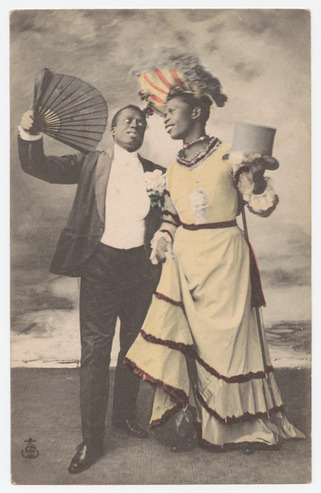
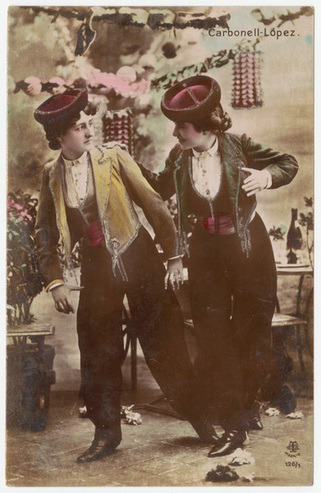

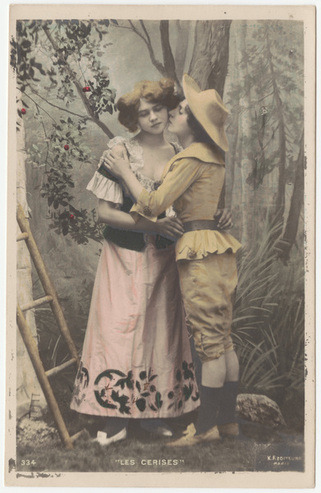

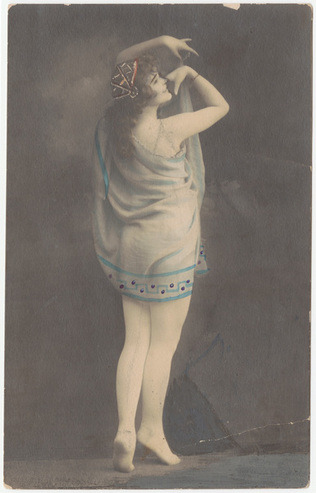



This collection of postcards of female and male impersonators and cross-dressing in Europe and the United States, 1900-1931, 1955 features copies of original postcards held by Cornell’s Human Sexuality Collection, part of Cornell Library’s Division of Rare and Manuscript Collections.
3K notes
·
View notes
Text
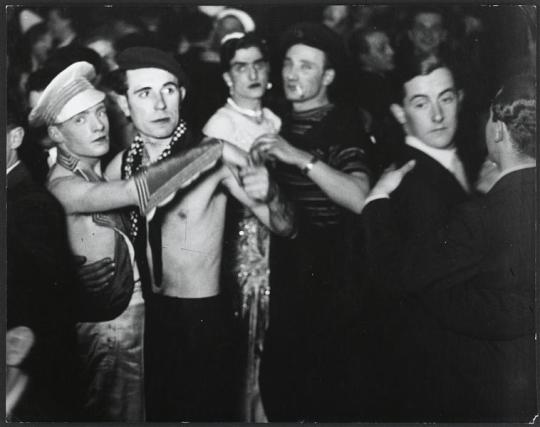
In the immense social upheaval following World War I, Berlin emerged as the global hub for gay life and gay art. In 1921, Berlin was home to 40 documented meeting places for gay people. By 1925, that number had jumped to 80.
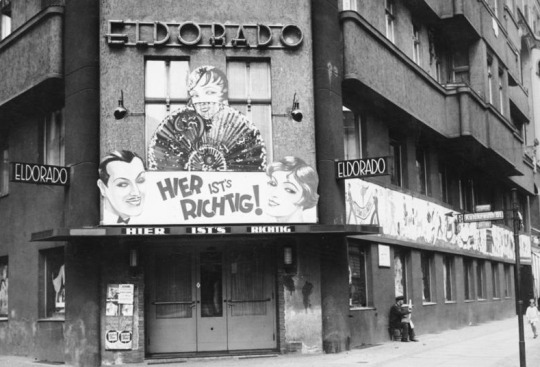
Cheif among these hotspots was the cabaret Eldorado, whose drag pageants and performances were immortalized by the likes of artists such as Otto Dix. In 2023, Netflix released a documentary about the club, Eldorado: Everything the Nazis Hate.
youtube

At the center of the movement for gay rights was Dr. Magnus Hirschfeld and his Institut für Sexualwissenschaft.
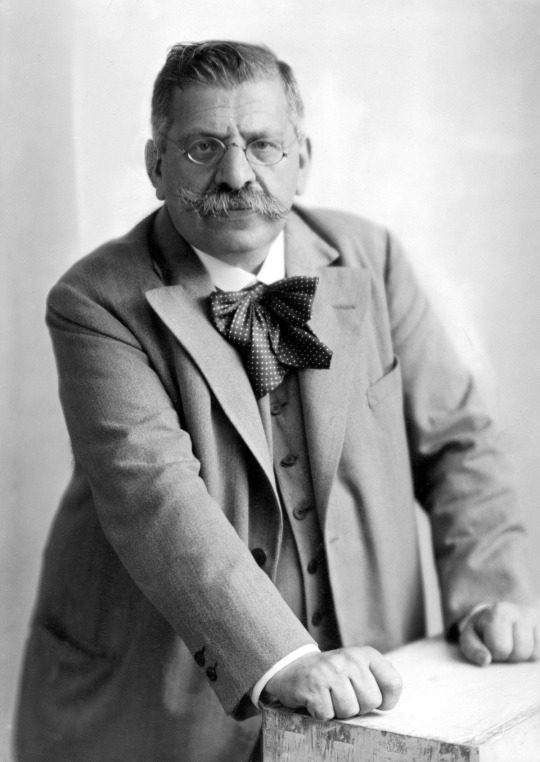
Ins 1896 Hirschfeld was operating as a regular physician, when he received a note from a soldier who was engaged to be married. The soldier was suicidally depressed because he could not get over his attraction to men, and was desperate to be cured of it. Being gay himself, Hirschfeld related tremendously to the soldier, and was spurred begin studying homosexuality in a scientific manner.
He was led to the conclusion that homosexuality was a natural occurrence that happened the world over. More importantly, he argued that homosexuality was not immoral and that homosexuals should be free to live and love as they pleased.
Hirschfeld was also the first scientist to recognize and study what we'd call transgenderism today, and was the person who coined the term "transvestite."
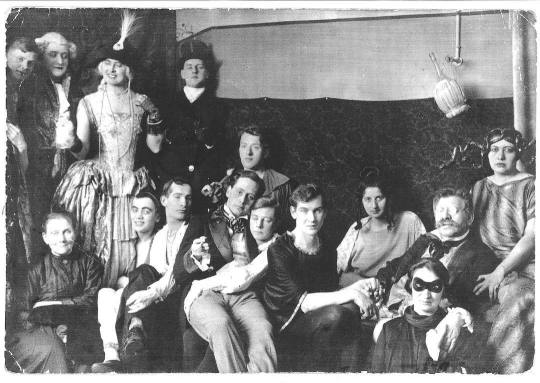
(Dr. Magnus Hirschfeld, 2nd from right)
Das Institut acted as both a medical clinic and a center of education. Members of the public could come and be informed on the mechanics of how sex worked as well as receiving non-judgemental medical care for STIs and other sexual conditions. Women could receive information about safe abortion. It was also one of the first places where trans people could come and receive hormone treatment and information about gender-reassignment surgery.
Then, in 1933, with the appointment of Adolf Hitler as chancellor, everything changed.
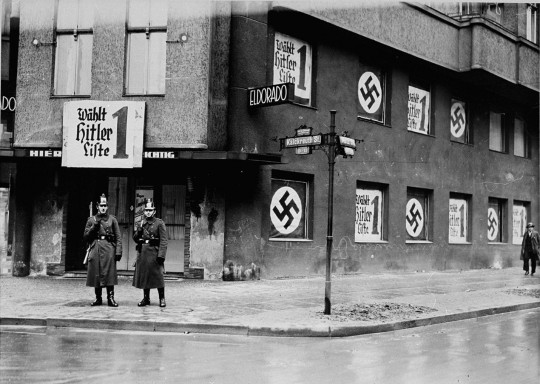
Queer lives were officially deemed not worth living, and public queer places became the chief target of Nazi persecution. The voluminous libraries of Das Institut were raided and then burned, destroying so much early queer history and science that was irreplaceable.

Dr. Hirschfeld managed to escape Germany and died in France in 1935. Queer people who were not lucky enough to leave to the country were arrested and sent to die in concentration camps.
The lessons of Weimar Berlin are painfully pertinent today. Progress can be destroyed faster than it gets made. Rights are not guaranteed and must always be fought for. The past cannot be allowed to happen again.
By which I mean, for the love of all that is holy, if you want to continue to have any rights at all, pleasepleaseplease vote for Joe Biden on November 5th. Don't not vote in protest. Don't vote 3rd party. If Donald Trump is re-elected this WILL happen again. Just imagine your favorite local queer hang-out being shut down with "Make America Great Again" signs in the window, and vote to stop it.
802 notes
·
View notes
Text

Blair St Clair: Stunning !
#trans#trans community#transgirl#drag queens#transgenderwoman#drag queen#drag#gay meme#drag history#drag race#queer#transgender#lgbtqia#gays#gay selfie#gay#gay as fuck#i am so gay#im gay#im so gay#so gay#gayhot#gayboy#gay yearning#gay woman#bisexual#bigender#bi#pan#pansexual
243 notes
·
View notes
Text
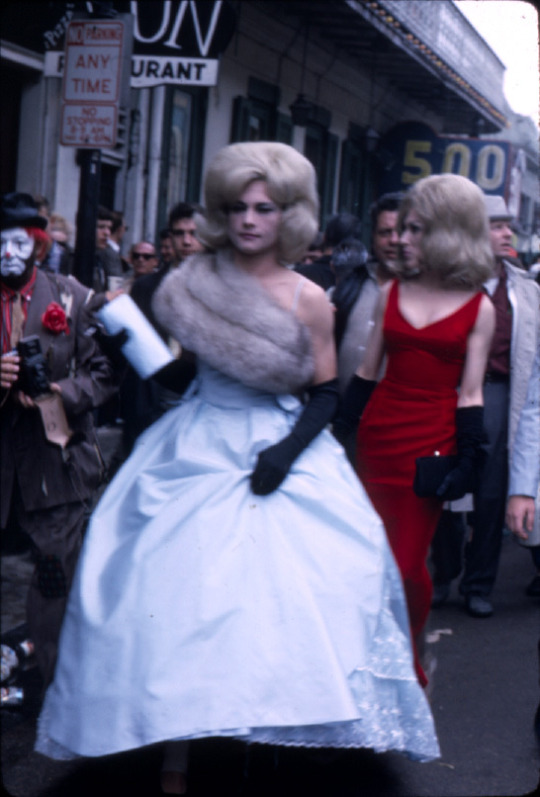
New Orleans Drag Queens during Mardi Gras
1965
#performer#cabaret#new orleans#drag#drag queen#drag artist#Mardi Gras#queer history#lgbtqia#gay history#drag history#Louisiana
194 notes
·
View notes
Text

Source: Girls’ Night Out, by Chloe Atkins
#lesbian history#lesbian positivity#lesbian fahsion#lesbian bar culture#drag history#drag king#drag king positivity#butch positivity#image#lgbt#photo#lesbian#personal
299 notes
·
View notes
Text
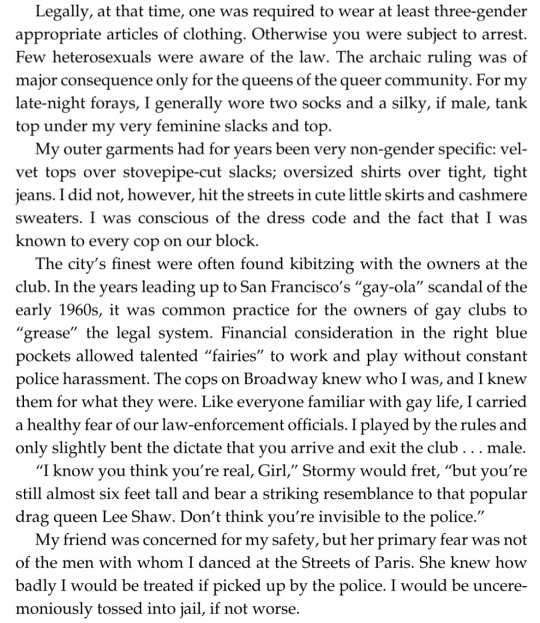
"Legally, at that time, one was required to wear at least three-gender appropriate articles of clothing. Otherwise you were subject to arrest. Few heterosexuals were aware of the law. The archaic ruling was of major consequence only for the queens of the queer community. For my late-night forays, I generally wore two socks and a silky, if male, tank top under my very feminine slacks and top.
My outer garments had for years been very non-gender specific: velvet tops over stovepipe-cut slacks; oversized shirts over tight, tight jeans. I did not, however, hit the streets in cute little skirts and cashmere sweaters. I was conscious of the dress code and the fact that I was known to every cop on our block.
The city's finest were often found kibitzing with the owners at the club. In the years leading up to San Francisco's "gay-ola" scandal of the early 1960s, it was common practice for the owners of gay clubs to "grease" the legal system. Financial consideration in the right blue pockets allowed talented "fairies" to work and play without constant police harassment. The cops on Broadway knew who I was, and I knew them for what they were. Like everyone familiar with gay life, I carried a healthy fear of our law-enforcement officials. I played by the rules and only slightly bent the dictate that you arrive and exit the club... male.
"I know you think you're real, Girl," Stormy would fret, "But you're still almost six feet tall and bear a striking resemblance to that popular drag queen Lee Shaw. Don't think you're invisible to the police."
My friend was concerned for my safety, but her primary fear was not of the men with whom I danced at the Street of Paris. She knew how badly I would be treated if picked up by the police. I would be unceremoniously tossed into jail, if not worse."
“The Woman I Was Not Born To Be” by Aleshia Brevard (2001)
#the woman I was not born to be#Aleshia Brevard#Alesha Brevard#transgender history#queer history#gay history#transfemme history#drag history#lgbt history#lgbtq+ history#trans lit#transfemme literature#transfem history
97 notes
·
View notes
Text
Male impersonators and women who performed in men's clothes of the later 19th and early 20th century in America and Europe
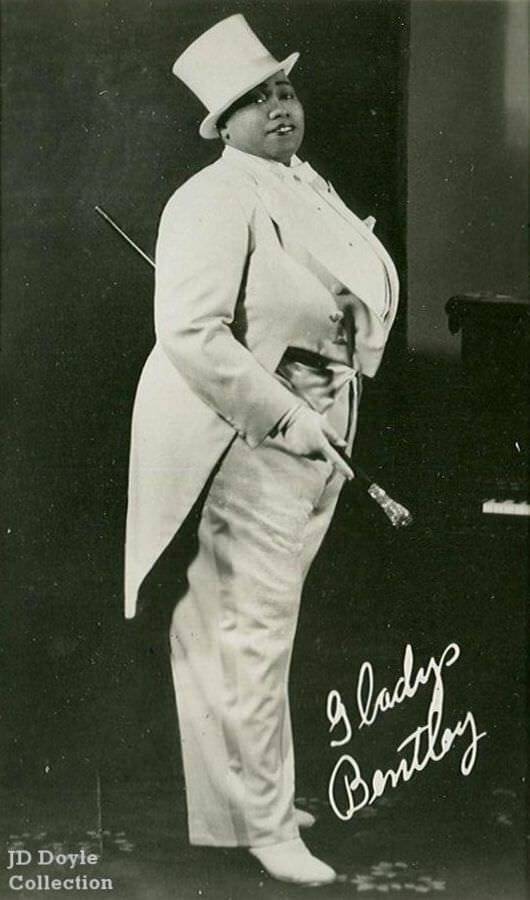
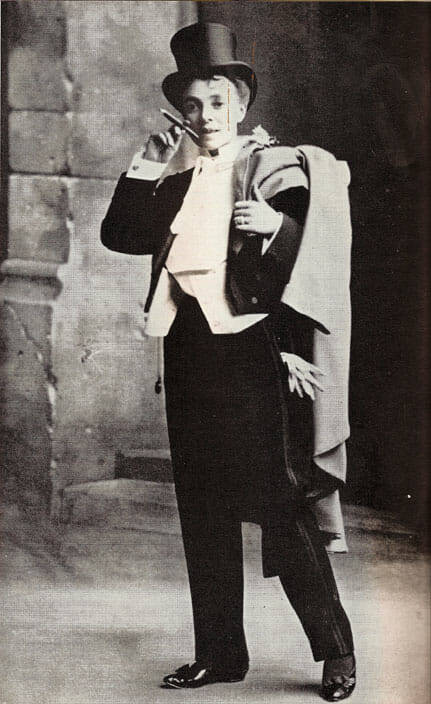
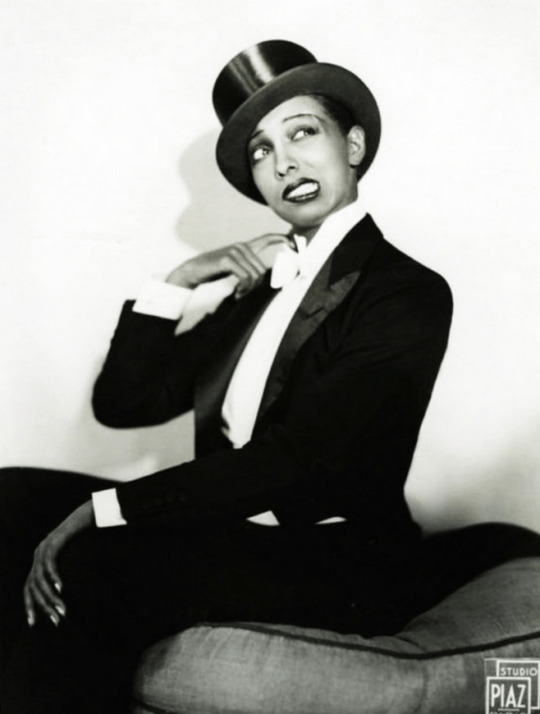

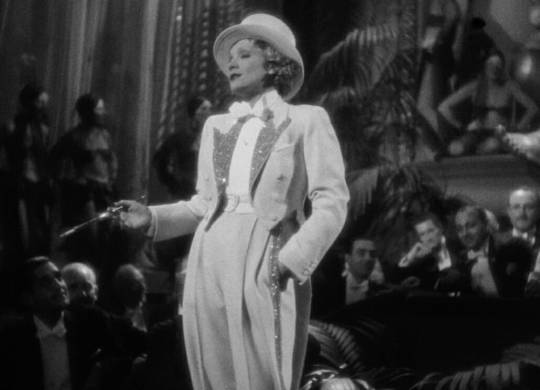
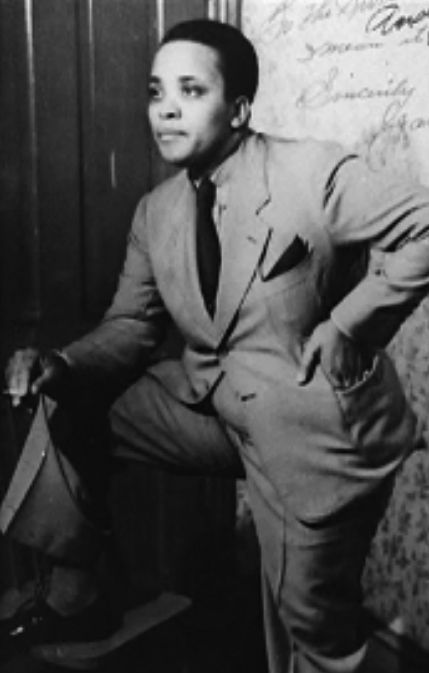
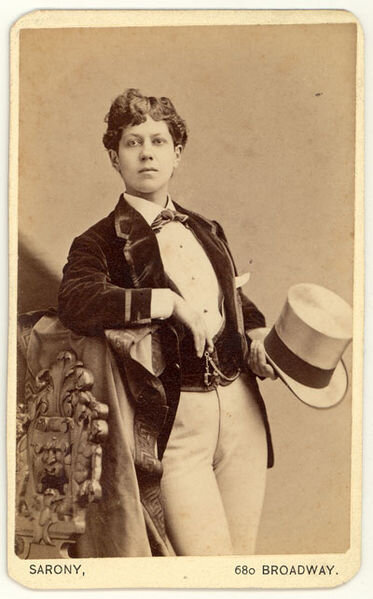
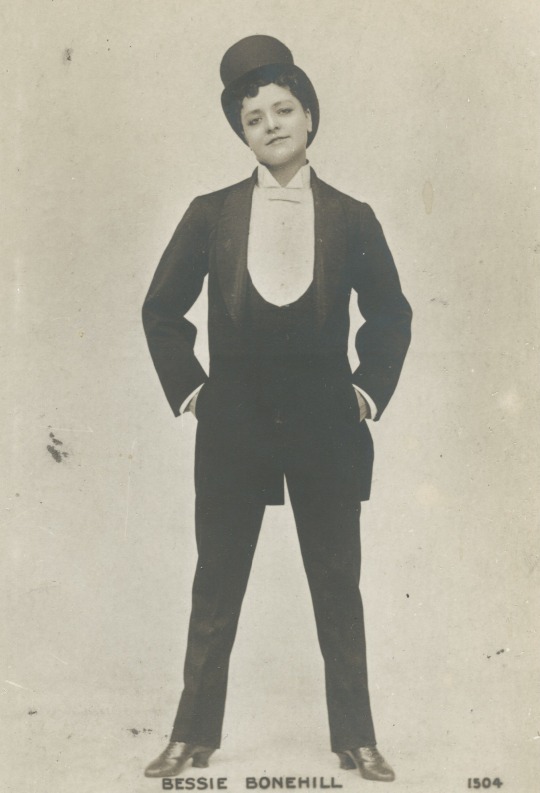

Gladys Bentley - a prominent figure during the Harlem Renaissance and out lesbian who brought her own unique spin to male impersonation
Vesta Tilley - a music hall performer and was England's highest earning women in the 1890s
Josephine Baker - first African-American woman to star in a major motion picture – Zouzou (1934) and was bisexual
Renate Müller - famous actress in the 1930s
Marlene Dietrich - stage and film actress and singer who helped Jewish people escape during World War 2 and was said to be bisexual
Jackie 'Moms' Mabley - one of the first gay and female stand up comedians, performed her lesbian based stand up routines in a suit and tie
Ella Wesner - a popular Vaudeville performer during the Gilded Age
Bessie Bonehill - one of the most wealthy performers during her time, a Vaudeville performer and singer
Anne Hindle - the first to do male impersonation in the United States
Those whose sexuality is not listed were assumedly straight, which was not uncommon of the women doing male impersonation, though the audience they attracted were largely lesbians
#gladys bentley#photography#people#gnc#lgbt history#lgbtq#gender non conformity#drag history#women in history#lesbian history#sapphics
27 notes
·
View notes
Photo

John Waters and Divine, HAIRSPRAY premiere, The Senator Theatre, Baltimore, MD (February 1988)
68 notes
·
View notes
Text
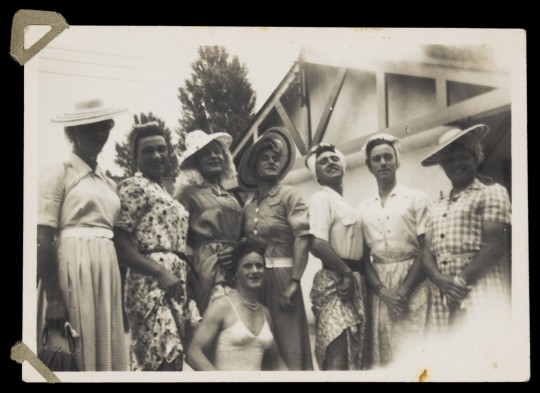
Men in drag pose outside dressed in summer attire. Photograph, between 1940 and 1949.
The following description was provided by James Gardiner (former owner): "A private snapshot, circa 1940s, of an unidentified group of young men dressed as 'ladies'."
source: Wellcome Collection
#alt text taken directly from source#drag history#people#history#vintage gay#(assuming from collection notes)
619 notes
·
View notes
Photo

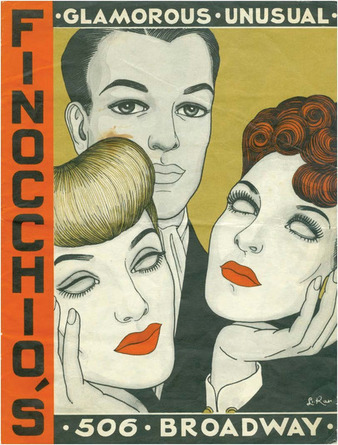

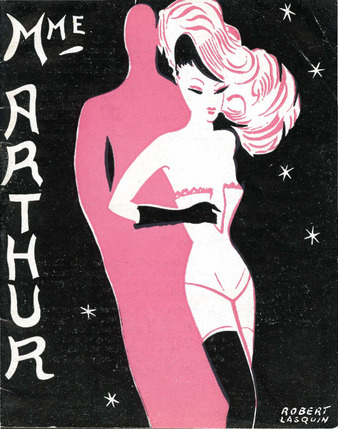





Drag Show Programs
Spanning the globe, these drag show programs have been collected from clubs and revues in major cities including Paris, New Orleans, San Francisco, and London. The oldest of these depict female impersonators and clubs from the 1940s. Though a few of the programs are from one-time events, many of them are part of a series of recurring drag shows at venues such as Club 82, Finocchio’s, Club My O My, Le Carrousel, Madame Arthur’s Nightclub, and the Wonder Club. This collection provides a closer look into the communities that formed within drag clubs, with many names appearing in multiple programs for various clubs.
3K notes
·
View notes
Text
Historian Henry Louis Gates, Jr., has called the Harlem Renaissance "As gay as it was Black."
With the convergence of the great migration and the jazz age, Harlem became a new center of cultural life for African-Americans. It brought together Black artists in a way that had never been seen before and saw an abundance of new music, theater literature, and art.

Chief among the new art being created there, of course, was drag.

While drag houses and drag balls had previously been put together by the likes of William Dorsey Swann, they reached a level of unprecedented vibrancy and popularity in Harlem in the 1920s. Famed poet Langston Hughes called them "The strangest and gaudiest of all of Harlem's spectacles."
The most celebrated of these balls was the one organized by the fraternal organization The Society of Odd Fellows at the Hamilton Lodge.

As told by writer George Chauncey in an article for Columbia News, "After I published Gay New York I met a gentleman who grew up in Harlem whose parents would dress up to go to what they called the “faggots’ ball,” and come home and talk about how fine this one looked, and how wonderful it was. He said, "My mother was a very ladylike lady. She was a very prominent woman in Harlem society. This is just something you did.""
703 notes
·
View notes
Text

DRAG QUEEN TUESDAY EVERY ONE!!!!
Plastique Tiara:
#trans#trans community#drag history#queer#lgbtqia#drag#drag queen#drag queens#drag race#sexy gurl#gurl#transgirl#transgender#lgbtlove#transgenderwoman#trans pride#transfem#sissy gurl#cross dress#crossdressgirls#cute crossdreser#crossdresserlife#sexy crossdressers#cross dressing#bi#bisexual#bigender#bisexuality#bisexualpride#bi pride
124 notes
·
View notes
Text
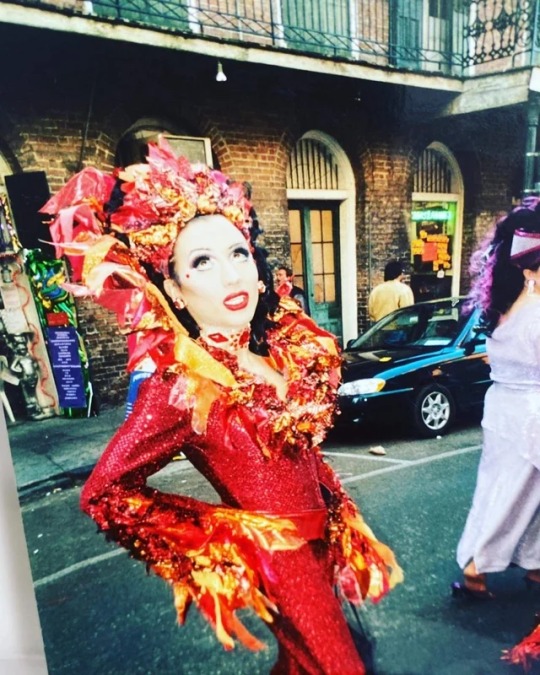
Bianca Del Rio at New Orleans Mardi Gras
2000
#performer#new orleans#bianca del rio#drag#drag queen#comedienne#drag artist#drag race#rpdr#drag history#gay history
33 notes
·
View notes
Text


Stonewall by Martin Duberman, pages 188-189, 1993
#gay#lgbtq#queer#lgbt#lgbt pride#lgbtqplus#lgbt history#queer community#queer history#gay history#lgbtq history#lgbtqia#lgbtq community#trans pride#trans woman#trans#trans history#transgender#drag queen#drag history#drag#stonewall inn#stonewall#1960s history#1960s
56 notes
·
View notes
Text

Source: Curve; The Lesbian Magazine ( January 1997 Vol. 6)
#lesbian history#drag history#drag king#lesbian fashion#lesbian love#lesbian photo#lesbian community#lgbt history#lgbt#image#lesbian#photo#personal
56 notes
·
View notes